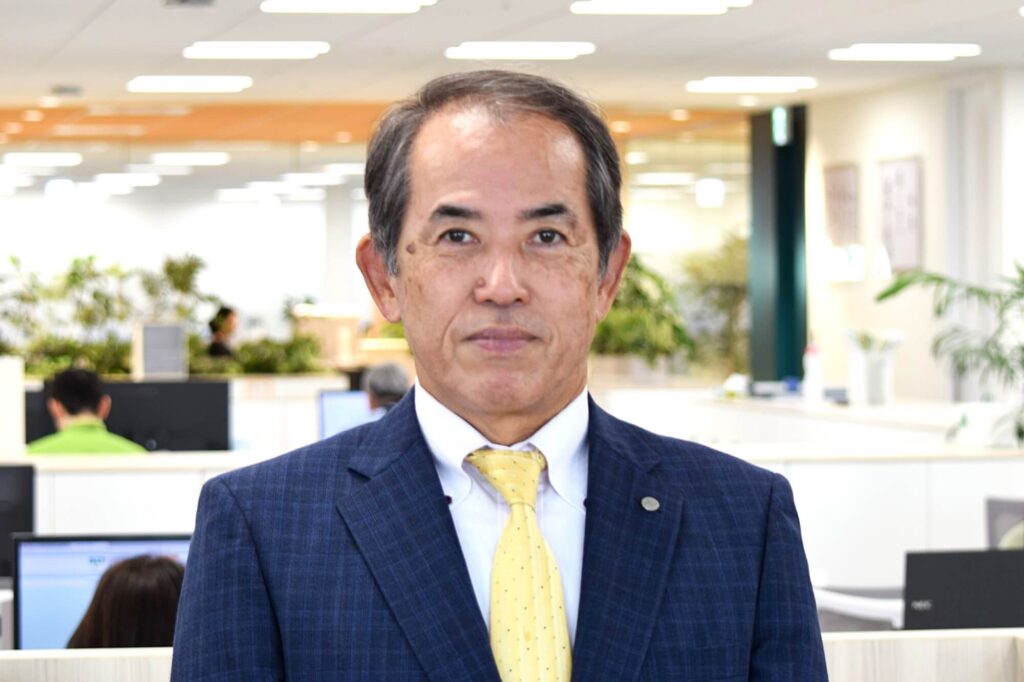Osaka-based Fuso Chemical, a key player in the chipmaking supply chain, finds itself in a delicate position as it takes on mounting capex costs without passing them on to customers. Holding over 90% of the world’s silica used in polishing silicon wafers, Fuso Chemical caters to heavyweights like Taiwan Semiconductor Manufacturing, Samsung Electronics, and Intel. Despite having a market value of approximately $1 billion, the company is opting to accumulate debt rather than risking client relationships by raising prices.

1. Striking a Balance: Debt Accumulation Over Price Hikes
Fuso Chemical, valued at $1 billion, faces a cash flow decline due to substantial investments in new factory lines to meet the surging demand for advanced chips. Instead of raising prices, Fuso Chemical borrowed ¥20 billion ($136 million) from banks in April, a departure from its usual practice of utilizing cash reserves for capacity expansion.
2. Industry-Wide Dilemma: Japanese Suppliers and Deflation
Japanese chipmaking suppliers, including Fuso Chemical, grapple with a longstanding fear of jeopardizing relationships with major clients and the impact of decades-long deflation on domestic end-prices. The hesitancy to raise prices contrasts with the struggles of even larger firms like Murata Manufacturing and Shin-Etsu Chemical.
3. Specialized Expertise and Challenges
Fuso Chemical’s expertise lies in ultra-high purity colloidal silica, a crucial component in chipmakers’ polishing slurries. The company’s ability to tailor silica for specific slurry compositions, adjusting to nanoscale variations, has been a competitive advantage. However, the soaring demand is pushing Fuso Chemical to enhance capacity by 50% in 2025, requiring an investment of ¥50 billion.
4. Government Support and Future Prospects
Japan’s Prime Minister Fumio Kishida’s administration has pledged support for the country’s chip sector, offering to cover up to half of significant domestic capex plans. Fuso Chemical may receive government aid for around 30% of the ¥10 billion expansion cost in Kyoto. While considering government subsidies, Fuso Chemical remains focused on finding new revenue sources to sustain silica business growth.
Conclusion
Fuso Chemical’s strategic decision to manage capex costs through debt rather than price hikes reflects the intricate dynamics within the semiconductor supply chain. As the chip industry continues to evolve, navigating client relationships, capex challenges, and global market shifts presents a complex balancing act for indispensable suppliers like Fuso Chemical.









